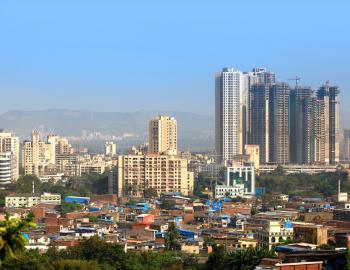INSIDE STORY: A new direction in climate compatible development - Indonesia's forest moratorium
INSIDE STORY: A new direction in climate compatible development - Indonesia's forest moratorium
In late 2009, Indonesia made a voluntary commitment to reduce its greenhouse gas emissions by 26% by 2020, or by 41% with international assistance, compared to business as usual. The country aims to achieve 87% of this goal by reducing emissions from deforestation and peatland conversion. In a step towards achieving these emission reductions, on May 20, 2011 Indonesian President Susilo Bambang Yudhoyono signed a decree putting into effect a two-year moratorium on issuing new permits for use of primary natural forest and peatland.
Though not all of these forests would be cut down in the absence of the moratorium, the decree does provide additional protection. Indonesia’s forest moratorium could be an important contribution to climate compatible development and is a policy for other forest-rich countries to watch.
This CDKN Inside Story, A new direction in climate compatible development - Indonesia's forest moratorium, by Kemen Austin, Rauf Prasodjo and Fred Stolle of World Resources Institute offer the following key findings on Indonesia’s forest moratorium.
- A moratorium on new licenses for logging and conversion in primary forests and peatland in Indonesia provides an opportunity for needed governance reforms. This includes improving licensing processes, creating better spatial data management systems, and strengthening relevant institutions to achieve low emission development goals.
- The moratorium will need to be strictly implemented, and enforced, if its objectives are to be achieved. This will require continued political will and enhanced data transparency.
- Buy-in from the private sector is key to the successful implementation of the moratorium, especially in the case of Indonesia where the private sector is highly influential in land use decision making processes.
- Coordination and cooperation between national, provincial and district governments – key actors in land-use planning and issuing of permits – are a significant challenge to implementation.
- Improved land-use planning can foster simultaneous achievement of both climate and development goals. Therefore the two-year moratorium period should be used to put in place needed mechanisms to support these dual goals, such as spatial data and planning processes to divert logging and conversion away from carbon-rich forests and peatlands.
Image of Indonesian forest courtesy CIFOR.



